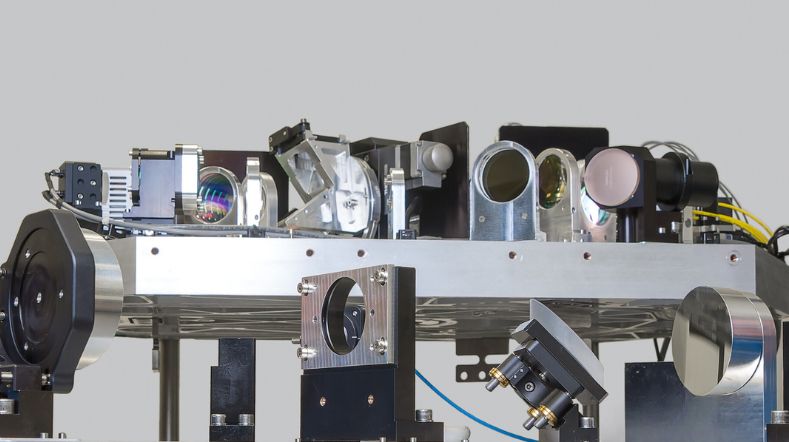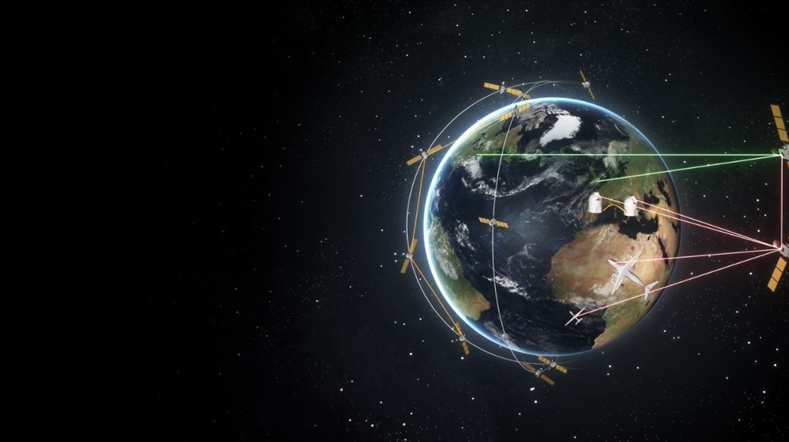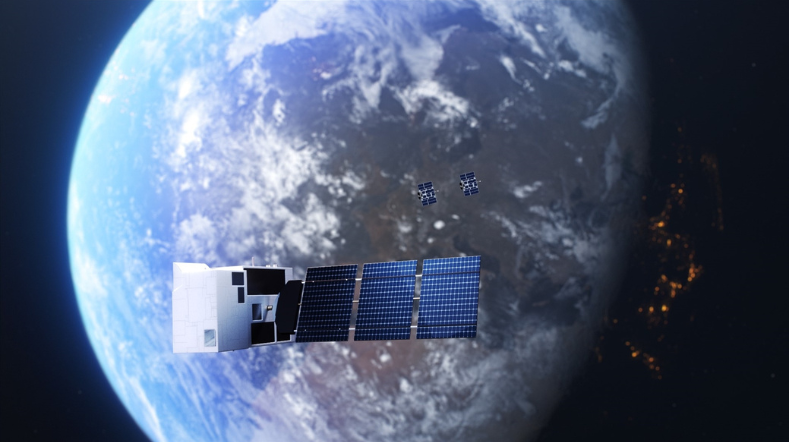TNO & VTEC Sign TKI Contract to Design New, Dual-Function Optical Receiver to Improve Optical Communication
TNO Space and VTEC Lasers & Sensors have signed a contract to develop technology for a dual-function receiver that will improve optical communication and enable higher data rates, lower latency and wider global coverage. It will enable better communication links, support high-throughput data communications between 5G antennas and enable telecommunication satellites with data in the Tbps range among other benefits. The aim is to meet the growing demand for higher bandwidth and supplement current radio frequency systems.
At the heart of all laser communication terminals is the receiver detection sub-system. This sub-system’s data detectors receive the digital data encoded in the transmitted optical beam. The sub-system’s tip-tilt sensors optimally align the laser communication terminal’s optical beam. The more precisely the beam can reach the system’s quadrant detector, the stronger and more stable the optical connection will be. For optical laser communication, even the most minor divergence in beam accuracy can create latency or reduce data rates.
Optimising for size and strength
Together, TNO and VTEC will design a new, dual-function optical receiver that combines optical beam tracking and data communication into a single component. This will not only drastically reduce the size and weight of the receiver, but will ensure the most accurate and precise receivers possible. The technology will be a giant leap forward for the communications industry, and will bring higher bandwidth data communication within reach.
‘It is a privilege to cooperate with TNO on these disruptive technologies,’ says Jan Mink, CEO of VTEC Lasers & Sensors. ‘The new receiver will open up innovation in 5G terrestrial, satellite uplink/downlink and other airborne links to enable global improvements in the quality of life.’
Combining expertise for acceleration
Contributing its long-standing expertise, TNO will define the requirements for the new technology, design the mounting concepts, and prepare the optical testing plan. VTEC will design and build the detector and its components.
‘We are very excited about improving this key component,’ says Thomas Liebig, TNO system engineer. ‘We expect it to significantly reduce link losses, and the size and complexity of our systems. It’s very promising.’
The innovation will also help establish a strong European foothold in a market that is often dominated by other countries. ‘Most quadrant detectors are manufactured in the US or Japan,’ Thomas explains. ‘Optimizing the laser beam on these significantly smaller quad cells will establish Europe’s position as a leader in optical laser communication components.’
Proving the value
At the end of their collaboration, TNO and VTEC aim to provide proof-of-concept for the new technology, as well as a detailed description of the necessary steps to realise industrialisation of the system.
This project is co-funded by Holland High Tech, with a PPP Grant for Research and Innovation in Top Sector HTSM.
Get inspired
Optics


Space systems engineering


Laser projection systems


New step towards ecosystem for laser satellite communication in The Netherlands


ESA selects Dutch satellite system for local emission monitoring


